Connoisseur Plants
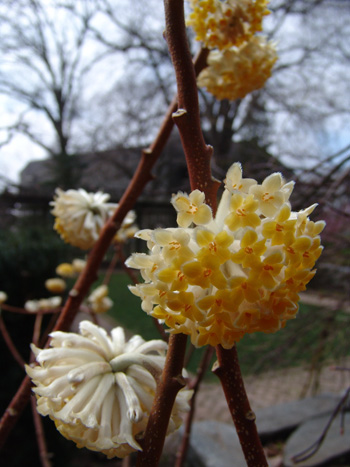 Connoisseur plants are often hidden gems for passionate gardeners. Plant enthusiasts delight in the discovery and experience of growing these unique plants. They provide wonderful conversation points and make your garden stand out from the average hum-drum landscape.
Connoisseur plants are often hidden gems for passionate gardeners. Plant enthusiasts delight in the discovery and experience of growing these unique plants. They provide wonderful conversation points and make your garden stand out from the average hum-drum landscape.
I consider connoisseur plants to be:
- rare new plants that are available only through small specialized nurseries, or
- hard to find choice plants long known in horticulture literature but rarely available in the trade.
Below are some wonderful examples of connoisseur plants, all of which I have grown except for Aesculus wangii.
Choisya ‘Aztec Pearl’ – I actually love this plant just before its pearl-like flower buds open. Clusters of pinkish round buds, set against finely cut, trifoliate leaves, appear as bursting fireworks and add just as much ornamental value as the highly fragrant, almond-scented corymbs of white flowers that follow.
Deutzia sechuenensis var. corymbiflora – I’ve been growing this long-blooming, rare shrub for at least 10 years and without fail, every late spring as I walk by this plant, its beauty beckons me to observe closely its numerous sprays of starry, white flowers. I then comment to myself, wow after all these weeks, I can’t believe it is still in full bloom and looks so perfectly beautiful!
Edgeworthia chrysantha ‘Akebono’ – One of my most prized plants in the garden – I love its scaffolding architecture of thickly rounded, smooth, tan branches which are adorned with plumeria-like foliage. I prune to keep it open. After foliage drop in late fall, flower buds emerge, quickly becoming fuzzy, silvery and fat, and then opening to a fragrant display of cinnamon-red flowers. Definitely plant it near a window or walkway to enjoy during the winter months.
Emmenopterys henryi – It’s rare in the forests of China and probably rarer in cultivation. Supposedly taking many years to flower, two trees have recently bloomed at Quarryhill Botanical Garden in California after only six years. So my hope to see it in flower spurs me on to adoringly appreciate this tree – it’s the anticipation! Right now I’m enjoying its large, lush, dark-green, highly textural foliage with its bright red petioles.
Helwingia japonica – I planted this shrub just to observe its unique growing habit. Small clusters of ivory flowers emerge smack dab in the middle of each leaf. Unfortunately I do not have both sexes: for if I did, I would then be able to enjoy the black berries which appear as if glued onto each leaf. To ensure berries, plant at least 3 plants, or better yet 5, to increase your chances; these plants are always sold unsexed.
Platycrater arguta – Another prized shrub, quiet, elegant, and charming, even when not in flower. Upon watching one grow at Scott, I was pleased to see it offered at the 2009 sale and I secured one immediately. After 2 years, it has aged into a perfectly rounded shrub with a dainty, mounding habit and soft-spoken flowers. This hydrangea relative has dangling clusters of white flowers. Since it is on the subdued side, I prefer pairing it with other plants that feature texture over bloom, i.e., ferns, small hostas, and Solomon’s seal.
Aesculus wangii – This is a plant I don’t grow, but it is at the top of my list to bring home from this year’s sale. To quote Andrew Bunting “it’s the rarest of rare.” Threatened by habitat loss in China and Vietnam it is on the International Union for Conservation of Nature and Natural Resources “Red List” as vulnerable. So I feel compelled to plant one to preserve it from extinction. It bears enormous, 18” long panicles of purple-spotted yellow flowers followed by 4” diameter seeds – how can I resist!
Good sources of connoisseur plants are typically specialty nurseries and arboretum plant sales including the Scott Associates Plant Sale, September 16th through 18th.
Finally, it’s the people, not the plants, who are actually the connoisseurs. Anyone spending time in study and appreciation of plants can achieve some connoisseurship. Most important is pleasure, and each of the many plants at the Scott Associates Plant Sale will bring you the opportunity for long-term appreciation.
________________________________________________________________________________________________________________________________
Eve Thyrum is an enthusiastic garden who has written for Fine Gardening, been featured in Southern Living, named member of the year for the Hardy Plant Society, and served as chair of the Scott Associates Plant Sale to name a few of her horticulture accomplishments. She also researches and authors all the Plant Fact Sheets for Scott Arboretum Horticulture Seminars. For the 2011 Plant Sale, she serves on the Education Committee.





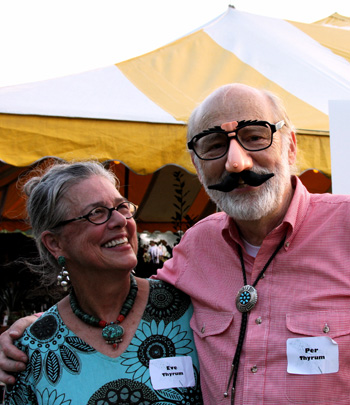
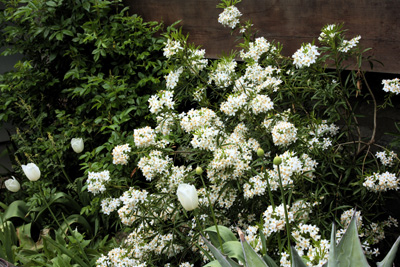
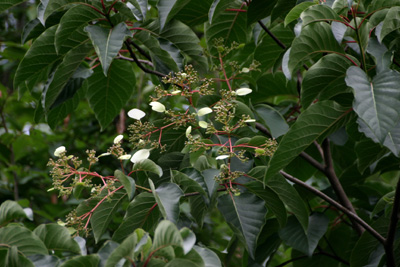
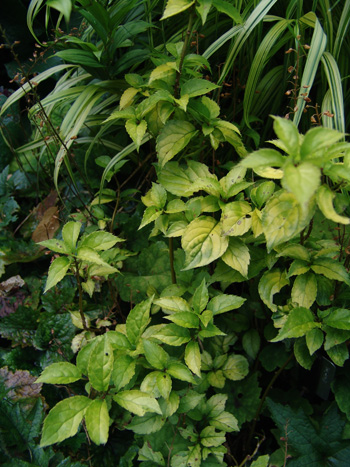

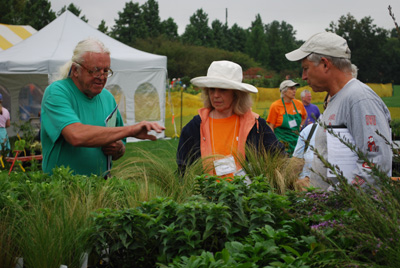
Ted Patterson
Posted at 13:53h, 08 SeptemberWhen Eve talks, gardeners listen. I’m not real sure how to spell “connoisseur,” but I know that Eve is one, and I know to value her perspective. Thanks for sharing. Nice article.
Eve Thyrum
Posted at 12:42h, 15 AugustThanks Ted!